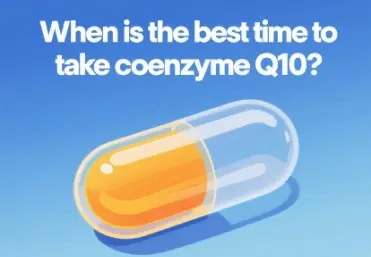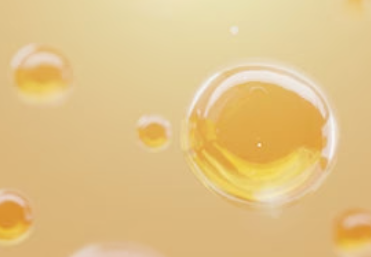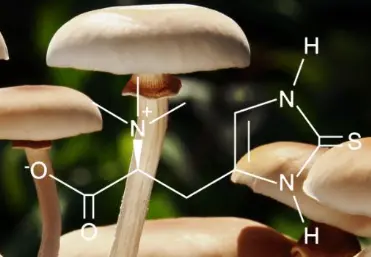Is kaempferol the same as quercetin?
Is Kaempferol the same as quercetin?
Kaempferol and quercetin are not the same. They are both natural flavonoid compounds, but they differ in their chemical structures and potentially in their biological activities and health benefits.
1.Chemical Structures:
Kaempferol, also known as Kempferol or Robigenin, has a specific chemical structure that is distinct from quercetin.
Pentahydroxyflavone on the other hand, has its own unique chemical structure that is different from kaempferol.
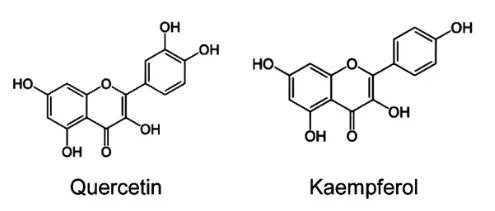
2.Source and distribution of quercetin
Quercetin and kaempferol are widely distributed in fruit and vegetables shows the average amounts in select major food sources. High concentrations of quercetin are found in a few foods such as onion, asparagus, and berries, and small quantities are found in many different fruit and vegetables. The richest plant sources of kaempferol (mg/100 g fresh weight) are green leafy vegetables, including spinach and kale, and herbs such as dill, chives, and tarragon. The leaves of wild leeks or ramps (100g fresh weight) were reported to contain 50.2 and 32.5 mg of quercetin and kaempferol, respectively
3. Quercetin Bioactivity
Clinical trials on the bioactivity of quercetin-rich foods or diets on blood pressure and cardiovascular risk are limited. Conquer et al. reported on the first clinical trial to study the effect of quercetin (1 g quercetin aglycone with 200 mg Rutin in a capsule versus a placebo) on plasma quercetin concentrations and CV risk factors. Quercetin treatment significantly increased the plasma concentration from 0.1 µmol/L to 1.5 µmol/L after 28 days, but no significant changes in CV or thrombogenic risk factors (i.e., platelet aggregation, platelet thromboxane production, blood pressure or resting heart rate) between groups were detected. Participants were healthy, normotensive individuals which may explain the lack of treatment effect. Edwards et al. found that 730 mg quercetin aglycone was effective in reducing blood pressure in patients diagnosed with stage 1 hypertension, but not in pre-hypertensive individuals. Another study found that a lower dose of 150 mg quercetin aglycone was effective in reducing blood pressure in patients with hypertension after 42 days Participants were instructed to continue antihypertensive medications (n = 15). No significant changes were reported in oxidative stress markers or inflammatory markers including tumor necrosis factor-alpha (TNF-α) and CRP. Conversely, intake of 500 mg of quercetin significantly decreased inflammatory markers, TNF-α and interleukin (IL-6), in women with type 2 diabetes, a risk factor for CVD.
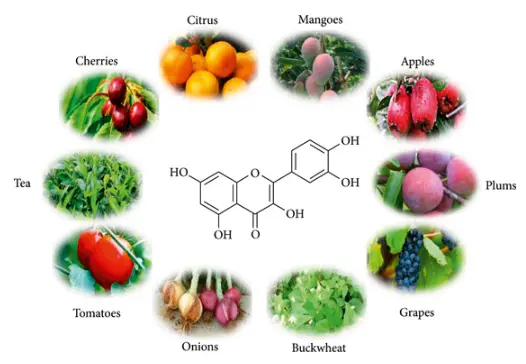
4. Kaempferol Bioactivity
The potential cardioprotective effects of kaempferol in in vitro and animal studies have been attributed to its anti-inflammatory activities. Epidemiological studies have investigated associations between intakes of dietary flavonoids, specifically kaempferol, and cardiovascular health, but clinical trials on the cardioprotective benefits of kaempferol are limited. The bioactivity in humans depends on the type of ingested conjugates and their bioavailability. There is a general lack of data on dietary kaempferol bioavailability and absorption in humans. No clinical trials were identified on the cardiovascular bioactivity in humans.
5.Health Benefits:
Kaempferol and Pentahydroxyflavone may offer different health benefits due to their distinct chemical structures and biological activities.
Kaempferol has been associated with a reduced risk of ovarian cancer in women, and it has been shown to inhibit the proliferation of ovarian cancer cells in vitro.
Quercetin has been studied for its potential benefits in reducing inflammation, improving cardiovascular health, and protecting against certain types of cancer.
6.Summary
Based on current research, the most easily absorbed form of quercetin is the glucoside conjugate, commonly found in onions. A limited number of studies on humans have examined the absorption of kaempferol, reporting that the glucoside and rutinoside forms in tea are the most bioavailable. Once absorbed into the body, quercetin and kaempferol are swiftly broken down in the liver into various metabolites, which can be detected in both blood and urine. To gain a deeper understanding of how these compounds benefit cardiovascular health, further research is needed into the biological activity and metabolism of quercetin and kaempferol metabolites in body tissues. A safe and effective dose of quercetin for lowering blood pressure and reducing inflammation has been reported to be 500 mg of the aglycone form. However, less is known about the potential heart-healthy benefits of kaempferol. Additional studies are required to assess the cardiovascular benefits of plants that are rich in quercetin and kaempferol glycoside conjugates.
Sost biotech factory supply Kaempferol,Quercetin
Reference
1.Conquer J.A., Maiani G., Azzini E., Raguzzini A., Holub B.J. Supplementation with Quercetin Markedly Increases Plasma Quercetin Concentration without Effect on Selected Risk Factors for Heart Disease in Healthy Subjects. J. Nutr. 1998;128:593–597.
2.Edwards R.L., Lyon T., Litwin S.E., Rabovsky A., Symons J.D., Jalili T. Quercetin reduces blood pressure in hypertensive subjects. J. Nutr. 2007;137:2405–2411.
3.Egert S., Bosy-Westphal A., Seiberl J., Kürbitz C., Settler U., Plachta-Danielzik S., Wagner A.E., Frank J., Schrezenmeir J., Rimbach G., et al. Quercetin reduces systolic blood pressure and plasma oxidised low-density lipoprotein concentrations in overweight subjects with a high-cardiovascular disease risk phenotype: A double-blinded, placebo-controlled cross-over study. Br. J. Nutr. Camb. 2009;102:1065–1074.
4.Zahedi M., Ghiasvand R., Feizi A., Asgari G., Darvish L. Does Quercetin Improve Cardiovascular Risk factors and Inflammatory Biomarkers in Women with Type 2 Diabetes: A Double-blind Randomized Controlled Clinical Trial. Int. J. Prev. Med. 2013;4:777–785.

 Food Additives
Food Additives


